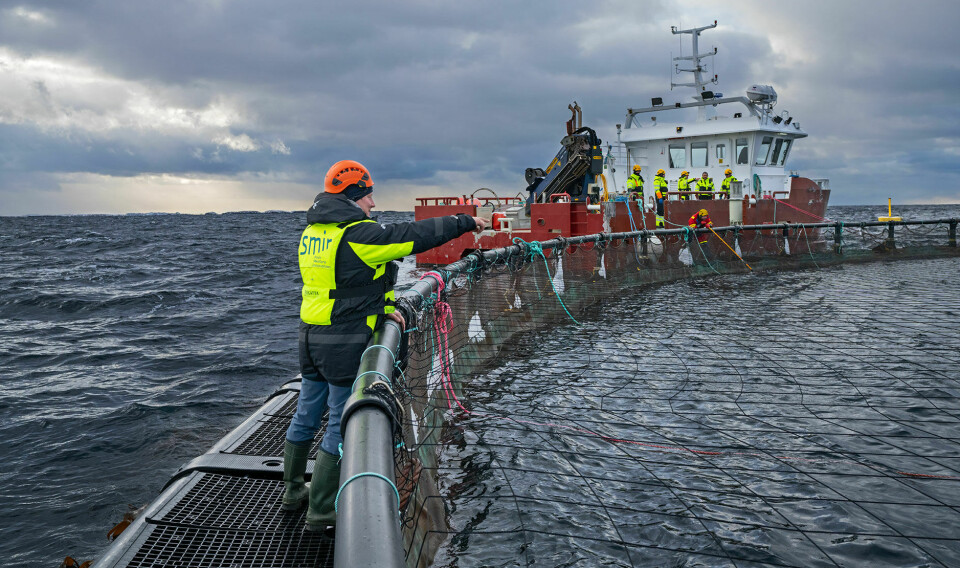
Smir wins contract for waterborne feeding systems
Order is a ‘clear signal’ that sector believes in the technology, says Norwegian supplier
Aquaculture equipment supplier Smir has won a contract from a leading salmon Norwegian farming company for delivery of its Smirfeeder waterborne feeding systems to two feed barges that are currently under construction. Each barge will be able to deliver feed to a minimum of 16 pens.
The feeding systems for the unnamed customer are among the first orders for the Smirfeeder, which is one a broader range of products now offered by Norway-based Smir Group, best known for its Hydrolicer mechanical delousing systems.
“This is an important contract for Smir, and a clear signal that the sector has strong belief in waterborne feeding as a future feeding technology and the benefits it can bring in terms of biological performance on fish, utilisation of feed, reduced energy consumption, and reduced wear and tear on the feed pipes,” said Smir Group marketing manager Roy Schjølberg Brevik.
“Smir experiences high activity around the Smirfeeder and it is clear that the interest for our solutions is big, both domestically and abroad.”
Brevik added that Smir had received a lot of interest in the feeder from fish farmers in both Scotland and Canada.
Forging ahead
Hydrolicer Production AS rebranded as Smir in 2019 to reflect the fact that it had begun producing more than just delousing systems. Smir is a traditional Norwegian word that can be translated into English as “forge” – the process employed by a blacksmith to create a new and useful solution.
The Smirfeeder is designed for efficient and gentle transport of feed and comes with significant cost- and environmental benefits compared to traditional airborne systems, claims Smir.
By using the Smirfeeder the fish farmer can improve feed conversion ratio (FCR) due to less dust and breakage, adds the company. The FCR can be further improved by using floating pellets.
Lower energy use
The feeder is also said to reduce energy consumption by as much as 90% compared to traditional airborne systems and contributes to a significant reduction of fuel consumption and CO2 emissions from the feed platform.
Wear and tear is also reduced. “By using water as a source of transportation you will avoid wear and tear on the feed pipes, which will eliminate discharge of microplastics into the environment,” states Smir on its website. “The Smirfeeder will therefore save the environment from harmful substances and at the same time significantly extend the lifetime of the pipes.”
Smir says the Smirfeeder has low noise levels which is beneficial for both the staff and the surrounding environment.






















































